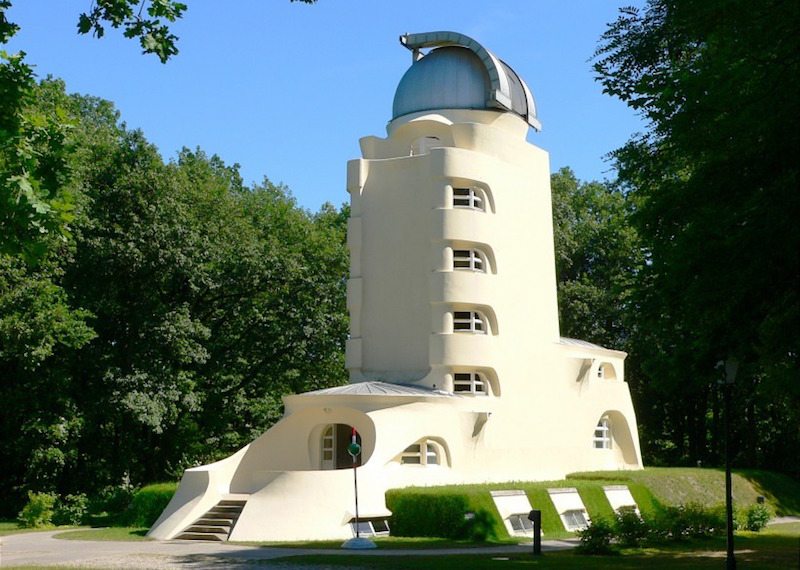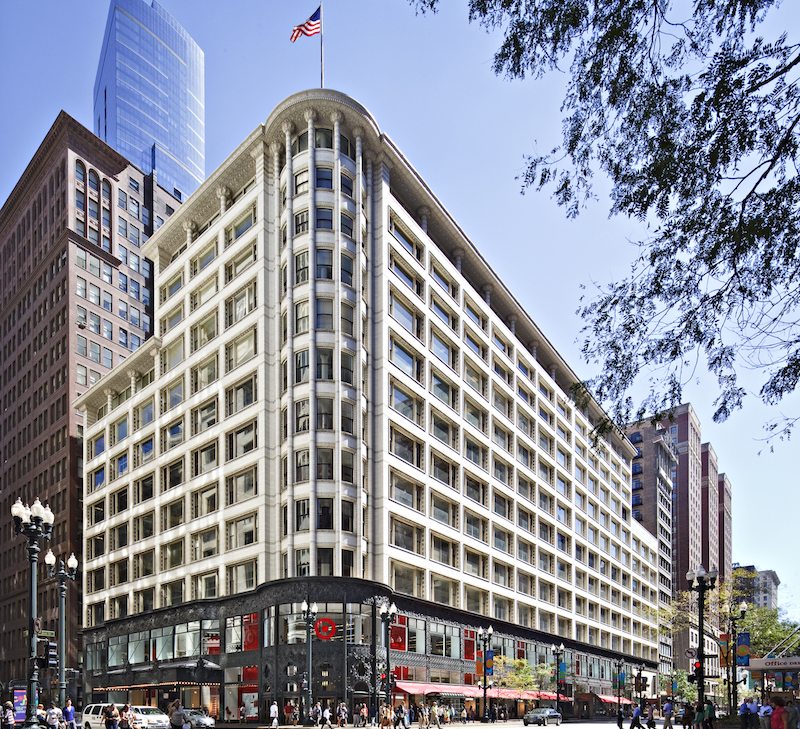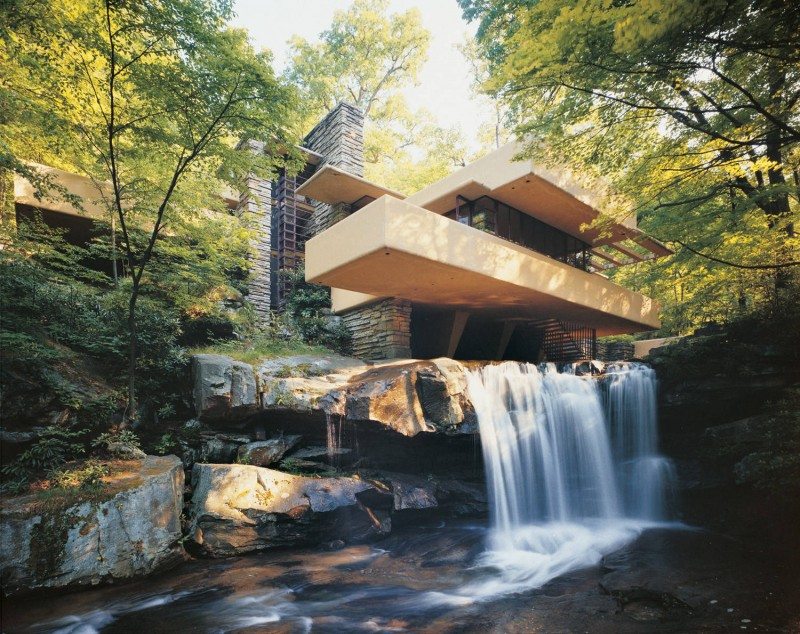Early Modern Architecture
Episode #9 of the course “Brief history of architecture”
The phrase that is often referred to as quintessential to understanding modern, or “modernist,” architecture is “form follows function.” Coined by Louis Sullivan, this explains the early 20th century approach to building design and architectural preferences. In an attempt to streamline construction and eliminate ornamentation, modern architecture also incorporated new ideas of the definition and purpose of art. Three of the most well-known styles of the Early Modern period are Expressionist, Art Deco, and the International style.

The Einstein Tower – an astrophysical observatory in the Albert Einstein Science Park in Potsdam, Germany built by Erich Mendelsohn

The Second Goetheanum, Basel, Switzerland, is an example of architectural Expressionism
In the late 19th century, metal-frame building construction allowed engineers to begin experimenting with lighter-weight buildings with large windows. In the first half of the 20th century, high-rise buildings and the first “skyscrapers” blended a use of metal framing and concrete to create a sculpted look for walls full of windows. Repeated geometric patterns and use of natural elements are also distinguishing features of modernist architecture.
Over time, skyscrapers continued to grow taller, shedding the concrete as part of the construction as steel-frame construction was perfected. The International style in particular is known for buildings that have walls of glass on the exterior, maintaining virtually all of the building’s weight through concrete and steel framework down the building’s interior walls.
The iconic Flatiron Building, New York (design by Daniel Burnham)

The Sullivan Center, Chicago, Illinois
While symmetry and clean lines were praised, buildings also became taller, more complex, and innovative in terms of their conscious use of space. Modernist architects were concerned with expressing the social conditions of their time and place; therefore, much modern architecture is designed for large cities. One of the most famous modernist architects, the American Frank Lloyd Wright, made it an artistic point to also design single-family homes in a distinctly modern style. His “prairie homes” are repeated templates that construct and divide a family’s living space, and they have served as the pattern for many contemporary home designers.

Wright’s home, Oak Park, Illinois

Fallingwater, Mill Run, Pennsylvania (design by Wright)
Learn Something New Every Day
Get smarter with 10-day courses delivered in easy-to-digest emails every morning. Join over 400,000 lifelong learners today!
Recommended book
“Modern Architecture Since 1900” by William J.R. Curtis
Share with friends

